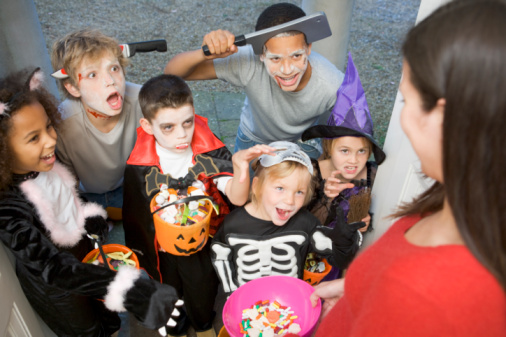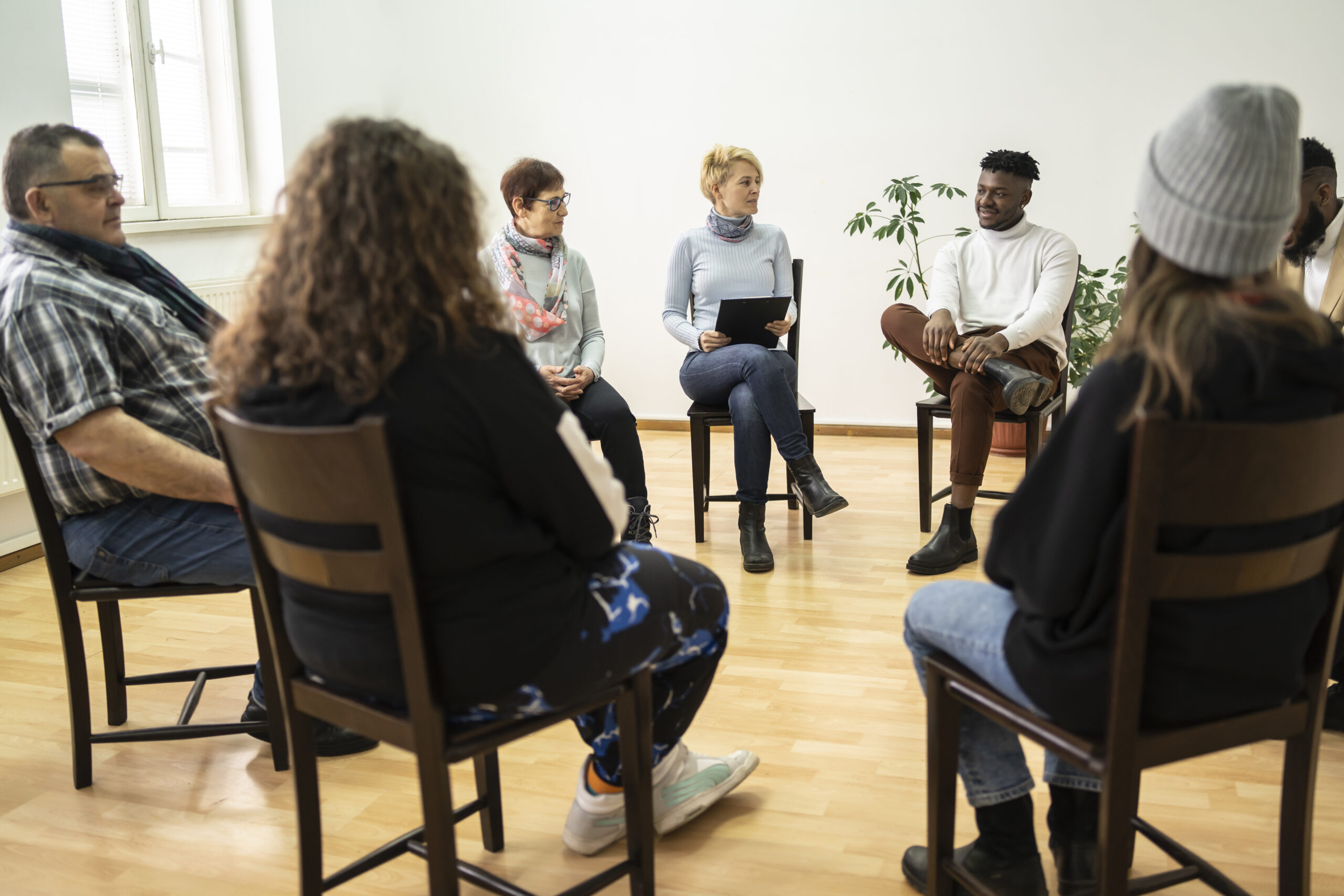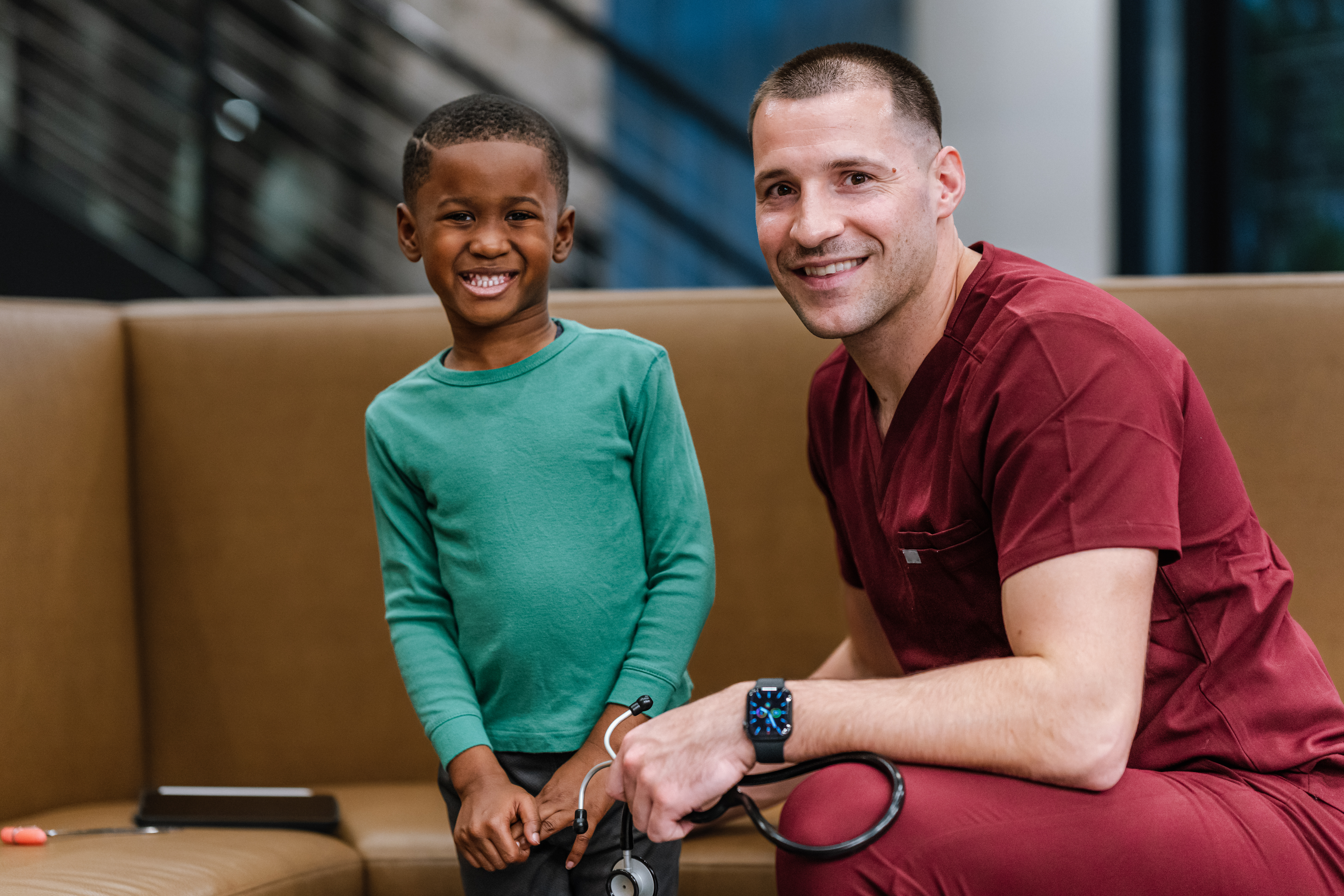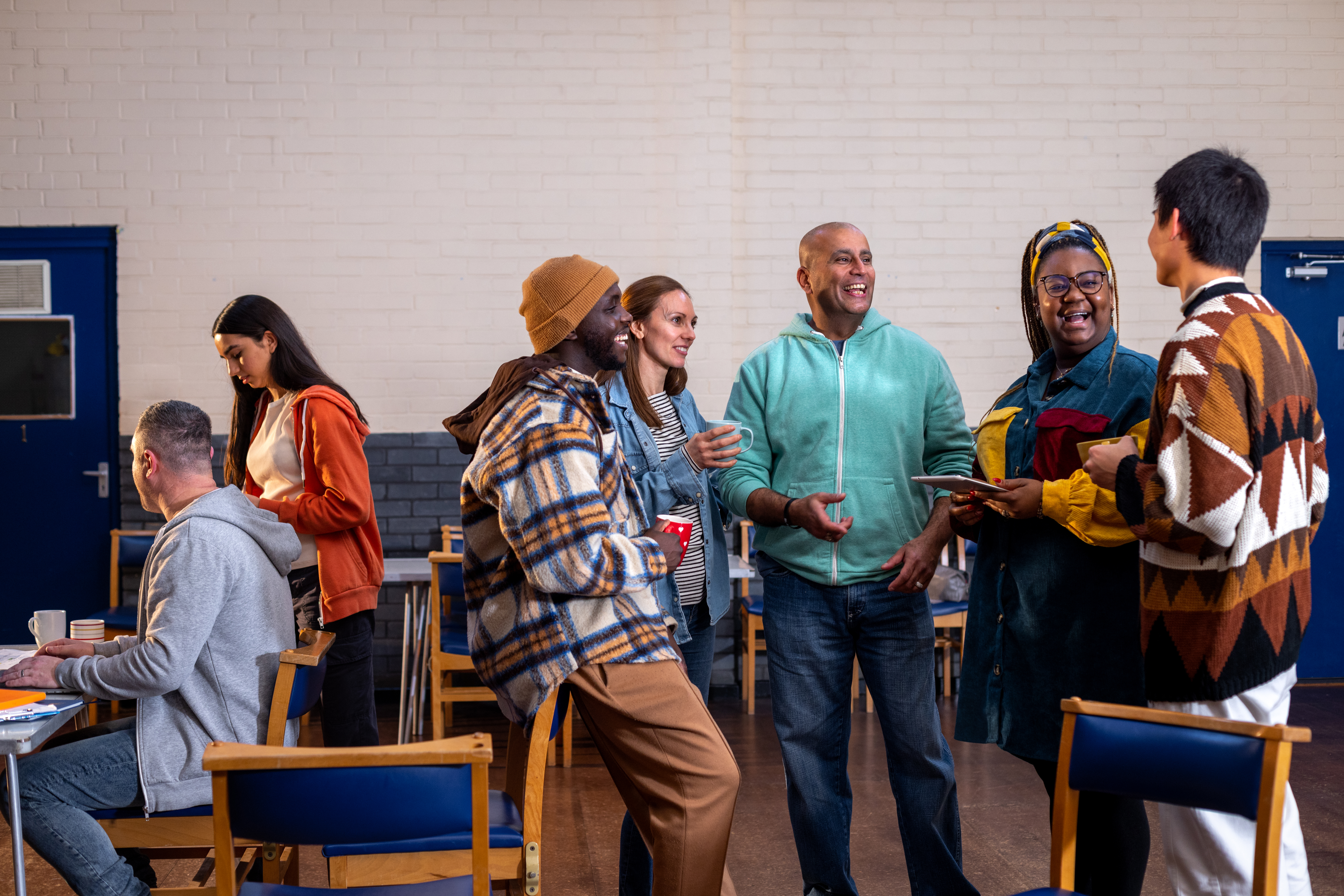Before becoming a parent, there were many things I thought I’d never do. You know, like just wiping off the pacifier and plugging it back in. Or buying them a cell phone. Or letting teens wear sagging jeans. Or allowing my kids to eat as much Halloween candy as they want.
I’ve had to eat my words more than once.
 As parents and teachers, we worry about the amount of sugar kids get each Halloween. The average child in the U.S. is reported to eat 32 teaspoons of sugar a day. The Centers for Disease Control tells us that American children eat 16% of their total caloric intake, or 442 calories a day, from added sugars. We buy nearly 600 million pounds of candy a year for Halloween. Now that’s scary!
As parents and teachers, we worry about the amount of sugar kids get each Halloween. The average child in the U.S. is reported to eat 32 teaspoons of sugar a day. The Centers for Disease Control tells us that American children eat 16% of their total caloric intake, or 442 calories a day, from added sugars. We buy nearly 600 million pounds of candy a year for Halloween. Now that’s scary!
But with a little resolve, I’ve found ways to use Halloween to educate my kids about sugar, nutrition and exercise. Here are ideas I’ve come up with for teaching moments amid the mounds of sucrose:
- Tonight at dinner, talk with your kids about sugar, candy, excess and moderation. Is it ok to eat small amounts of candy? Is it important to learn how to stop after one piece? How does eating too much candy make them feel?
- Partner with your children’s teachers to sustain the conversation about nutrition. Kids respond well to colorful graphics like those in MyPlate Kids’ Place.
- Volunteer to bring a healthy snack to school for Halloween parties. Seasonal ideas like pumpkin muffins are bountiful online.
- Start off Halloween night with a big, healthy, plant-based dinner. Full kids eat less candy, as do full grownups
- Consider an alternative to handing out candy. A recent study showed that kids like getting stickers, pencils and small toys as much as candy. Try giving packs of sugarless gum. If you do hand out candy, give one small piece per kid.
After the excitement, slow the sugar rush
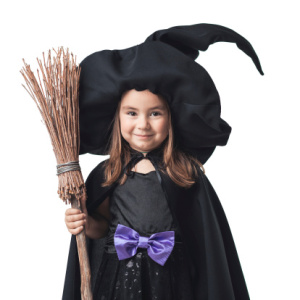 After trick or treating comes the biggest challenge: what to do with all the candy? There are many strategies. You can decide ahead of time what will work best for your family.
After trick or treating comes the biggest challenge: what to do with all the candy? There are many strategies. You can decide ahead of time what will work best for your family.
- Teaching kids moderation is important. Some families allow a piece or two a day (many a mom takes some for herself, too!)
- Some parents “buy back” candy from their kids. For example, a pound of candy can earn a book.
- Candy can be donated. Show younger kids they can have fun by sorting the candy by color, shape and type. Make colorful graphs together of what you find in the bounty.
- Do some candy science – there are lots of fun experiments to try!
- Make trail mix with dried fruits, nuts and small candies.
According to Thriving Schools partner Alliance for a Healthier Generation, one school in California held a candy collection contest after Halloween. Students collected more than 700 pounds of candy, and the winners got an extra period of recess.
I asked my kids last night at dinner about Halloween candy. Why do they end up with a pile of uneaten candy each year, rather than chowing down every last grain of sugar? They all felt it had a lot to do with my unconventional approach.
You know those things I said I’d never do as a parent? The truth is, I do tend to let my kids eat what they want out of their trick or treat bags. But for years, I’ve tempered my seemingly laid back attitude with loads of education about healthy choices, nutrition and exercise. The balanced approach seems to be paying off. I think it’s allowed my kids to weigh their choices and feel good about their abilities to make good ones.
So enjoy Halloween with its fall colors and crisp air. It need not be pure sugar to be pure fun!
